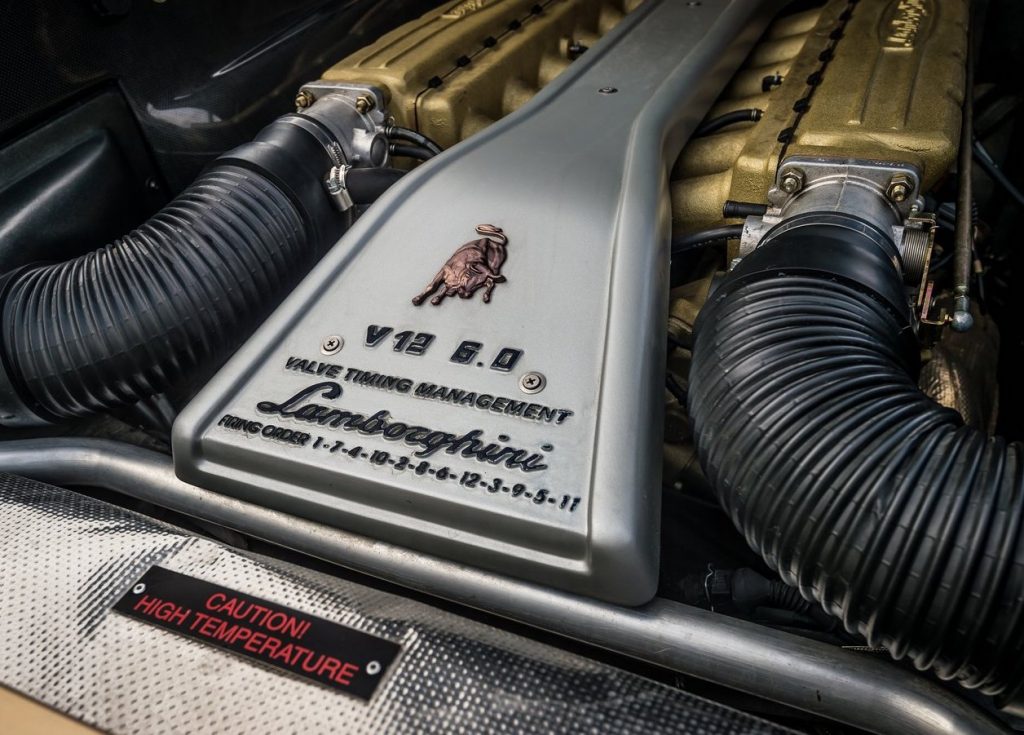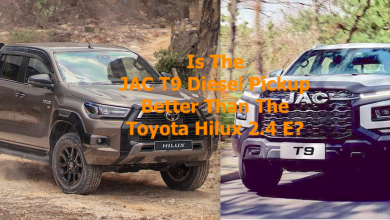Will Silent EVs Ever Be A Spectacle?

Exciting they may be to experience first hand, but could EVs ever be as spectacular to spectate from the outside?
Now it probably should go without saying that the EV automotive revolution is well underway already. And while the death of the internal combustion engine is a rather sad and sombre affair, the all-electric future does nevertheless look like it will be still able to provide more than its fair share of thrills that would excite even the most ardent petrolheads.
The instant torque which comes inherently with electric motors does after all truly democratise the sensation of speed, with nearly everyone now being able to enjoy the thrill of neck-snapping acceleration every time their right foot is matted to the floor of EV. Thanks also to the low-slung placement of the battery and the lack of a big bulky engine to cater for too, the all-electric onslaught has seemingly opened the floodgates for designers to bring to life some truly daring designs.
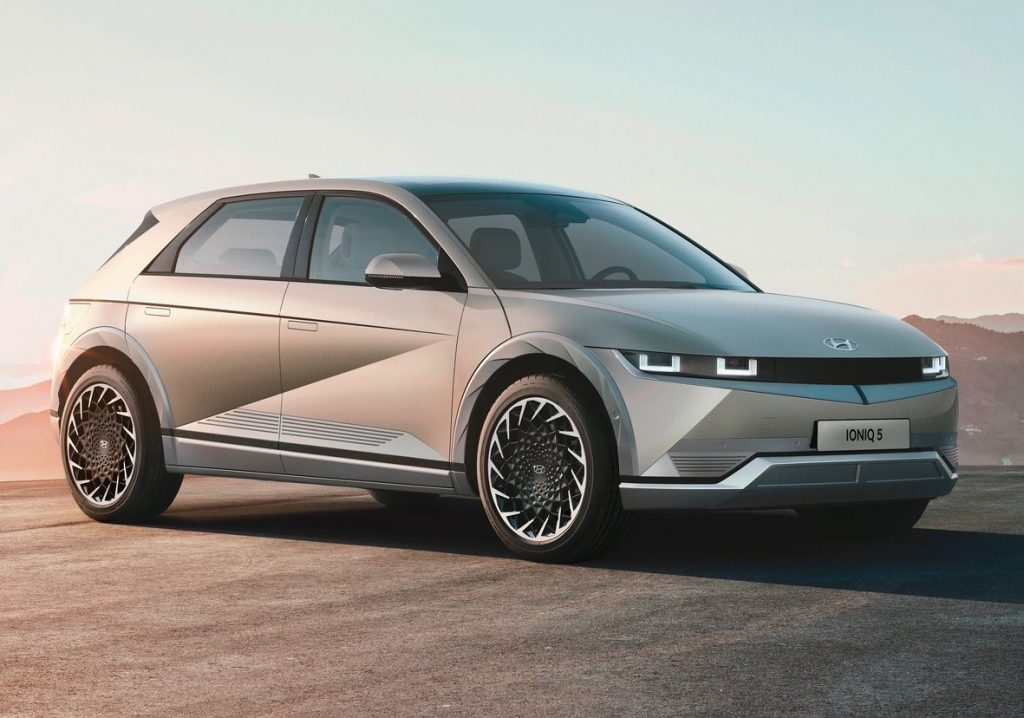
Though even with an astonishing automotive aesthetic and roller coaster-rivalling acceleration, these silent EVs are unfortunately not really that all that spectacular a spectacle to behold are they? Especially when compared to the show an internal combustion engined car can put on, with its exhaust roar being the siren song that indicates for something amazing to going on from where that sweet sound is emanating from.
Sure, a Tesla Model S Plaid will definitely decimate any ICE car that dares challenge down the quarter mile. But honestly, I can’t really be the only one who thinks that seeing a (insert colour of said Tesla here) blur blasting down 1,320 feet of tarmac with almost no noise at all being something of a non-event to witness right?
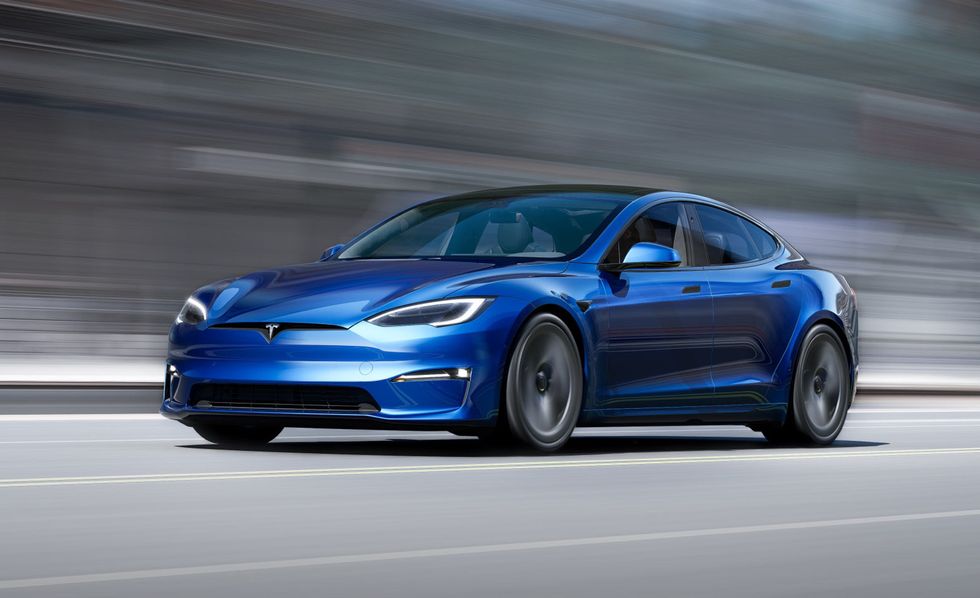
This nagging thought of silent EVs not being a spectacle really came to a head during Goodwood Festival of Speed occurred a couple of weekends ago, where amidst all the hubbub of new car launches and million-dollar restomod showcases, the story of the weekend that undoubtably got the most attention was the smashing of the hillclimb record by the McMurtry Spéirling fan car.
Piloted by former F1 driver Max Chilton, this titchy grey marvel of automotive engineering and ingenuity managed the impressive feat of blasting up Goodwood’s formidable 1.89 km hill climb course in a scarcely believable 39.08 seconds. Pipping the prior unofficial outright record held by the similarly all-electric Volkswagen ID.R of 39.9 seconds, and comprehensively stomping the best time set by an internal combustion engined car (Nick Heidfeld in a McLaren MP4/13) by over 2 agonising seconds.
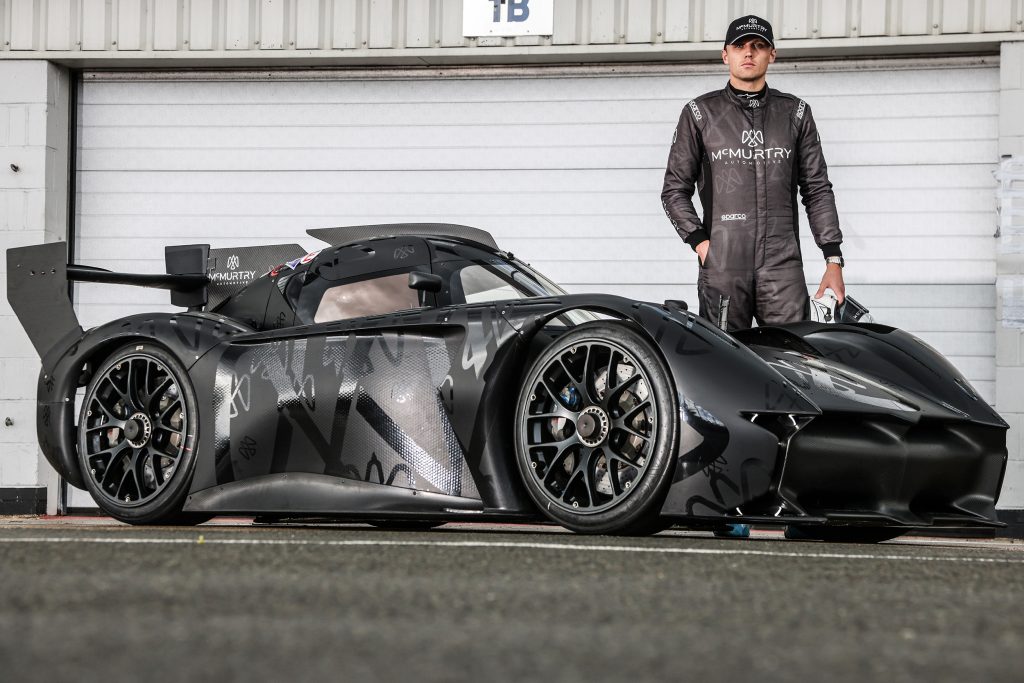
Without wanting to belittle this seriously monumental achievement in any way however, the YouTube video showcasing its astoundingly rapid ascent up the hill wasn’t really all that exciting to watch. The onboard footage of the driver displaying near-superhuman levels of car control was certainly majestic to behold, but I personally at least was not all that awed from witnessing a grey streak shooting from one end of my screen to the other with nothing but a high-pitched whirr accompanying said blur.
Just to further reinforce this point too of EVs not being that impressive a spectacle to watch, the next video that was conveniently recommended to me by the almighty YouTube algorithm was a drag race done by the Grand Tour between a Rimac One, Honda NSX and Lamborghini Aventador. The all-electric Rimac inevitably, to quote the exact words of Jeremy Clarkson, ‘just f***ed off into the distance’; but all that speed didn’t translate at all to excitement for anyone spectating said drag race. In contrast to the Aventador meanwhile, despite being the slowest of the three cars there, its rip-roaring V12 does nevertheless provide the drama and emotion one would typically expect when witnessing a drag race between three spectacular supercars.

One final good example illustrating this point comes from the world of motorsports. While the close racing around tight street circuits does certainly up the drama factor of Formula E, it is though still just lacking in that final bit of fizzing excitement and zing the scream internal combustion engines delivers to liven up even the most dull and boring Formula 1 races.
Don’t believe me? Try watching an F1 race on mute then and report back on your vastly inferior viewing experience.
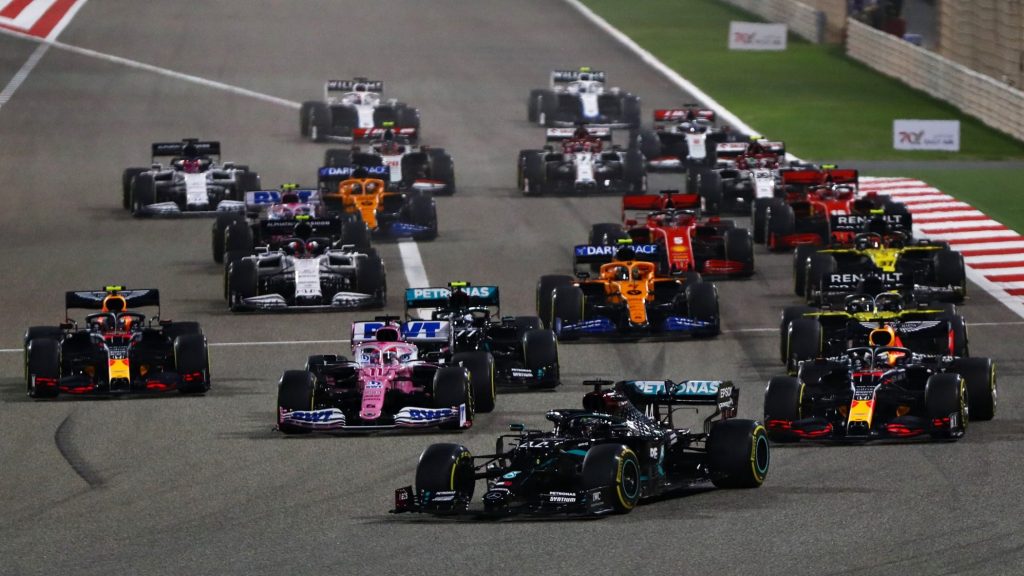
As much as the futurist EV fanatics would like to deny it, the sanitised EV experience is unfortunately no replacement for the spectacle that naturally comes with the noise, vibration and harshness that comes with the suck, squeeze, bang and blow process of an internal combustion engine. What more too is that it would really be daft to find a way and add in all that NVH back into EVs, as this would both seem wholly artificial and detract from this novel but slightly less spectacular sensation that comes natural with EVs in the first place.
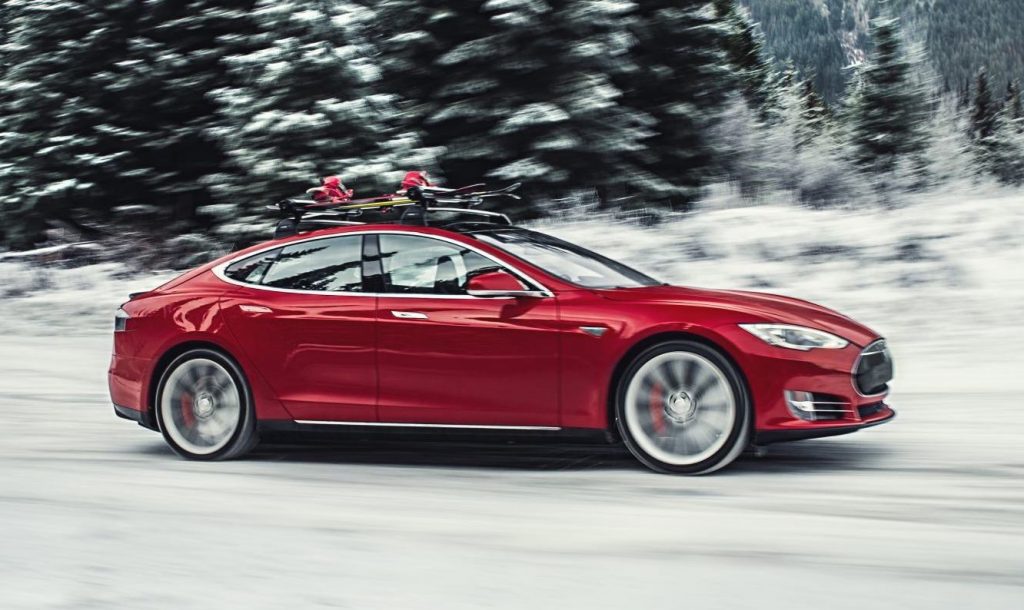
So how then can we inject some spectacle into EVs? Well if going by the NVH argument that has been laid out but a paragraph ago, the sad answer is for there to be not much that can be done. Though it would be prudent to remember that EVs may not be the only green path forward for the auto industry, and that the internal combustion engine may yet live on by means of hydrogen or some other more environmentally-conscious fuel source.
There may therefore still be hope yet for the future generation to still be enamoured with the burbling V8s of muscle cars or the screaming V12s of supercars after all, but in a more climate-friendly manner. Oh happy days.
